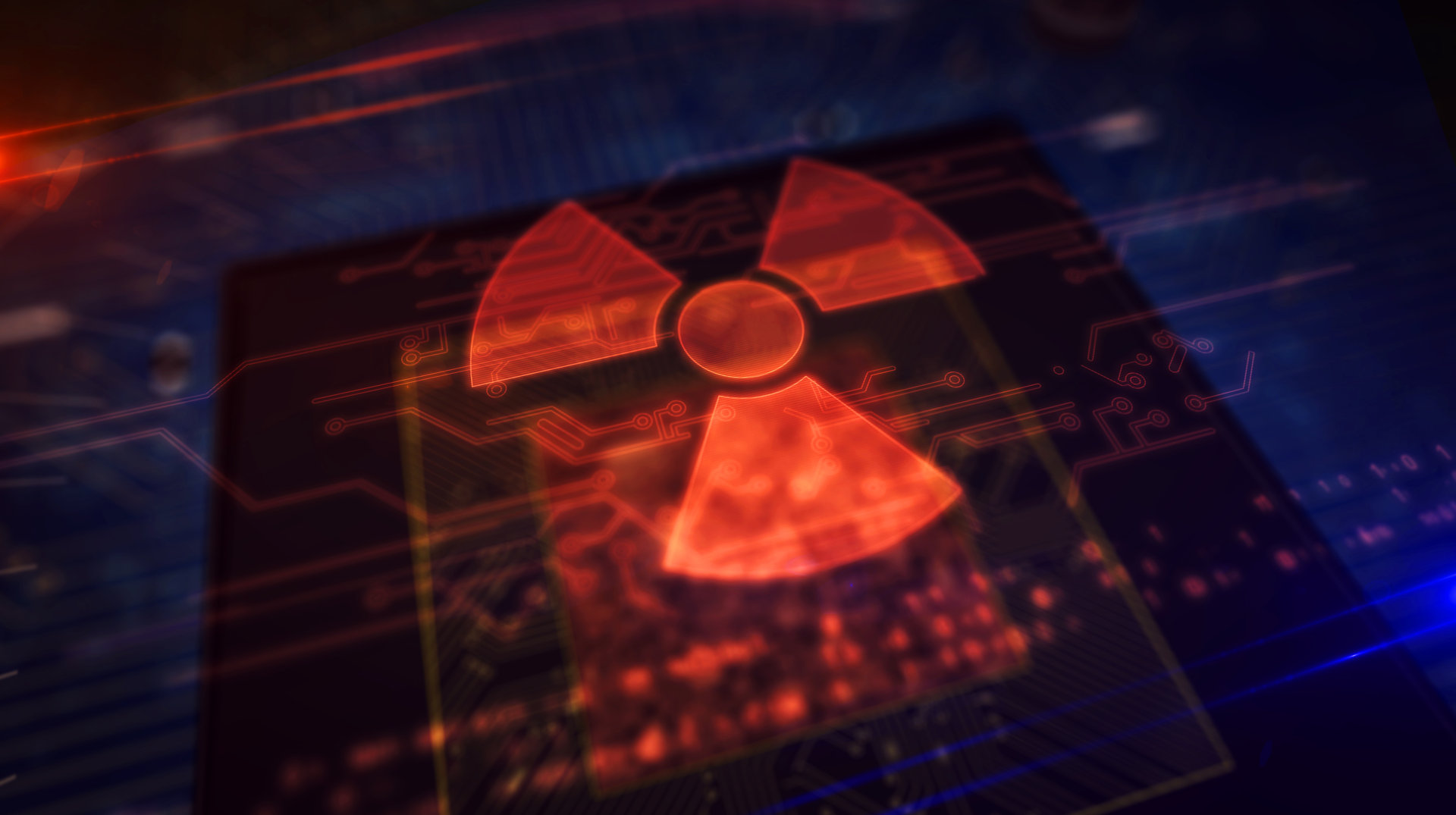Backups & Disaster Recovery
Disaster needn’t be the end of the world. Managed backup services can keep your business afloat

The third season of Ragnarok recently premiered on Netflix. It’s an enjoyable show, deviating from Hollywood to provide a Norwegian take on the relationship between gods, giants, and mere mortals. I knew to watch it because it was recommended based on what I watched previously. Similarly, Amazon wouldn’t be the eCommerce giant it is today if it didn’t recommend products based on browsing and purchase history.
But user data isn’t the only type of valuable data. All your documents, and correspondence with clients, colleagues, and suppliers constitute the lifeblood of your organisation. According to one survey, only 54% of organisations have an organisation-wide disaster recovery plan. However, 57% of survey respondents reported running a second data centre dedicated to disaster recovery. Data is important.
Managed backup disaster recovery is an alternative to running your own (second) on-site data centre, and is likely quite a bit cheaper, too. In essence, it is backups of some or all of your businesses’s data to the cloud, done, tested, and stored by a managed backup service provider (like Storm Internet). Importantly, managed backup disaster recovery can also include offsite assets like cloud servers and information from dedicated servers, even when they are located in a different country.
The Importance of Managed Backup
Managed backup service providers use specialised software to automate the process. Whether you’re backing up entire cloud servers or files, folders, and systems stored on the local network, this ensures that everything can be backed up as per schedule without direct human intervention.
Well, almost without human intervention. The backup process isn’t just about copying files from one location to another. It also involves monitoring, maintaining, and curating backup stores, with the objective to ensure that the stored data is reliable, accessible, and compliant with regulations or industry standards.
Backups also require integrity verification to ensure that no corruption takes place during the backup or transfer process. One way managed backup service providers achieve this is by comparing the checksums of backed-up data to those calculated during the validation process. Service providers who’ll go the extra mile will also provide health checks for backup platforms and even do test restores to verify a backup.
Of course, all this data has to be stored somewhere. For growing organisations with an equally growing data set, this can become an expensive exercise in terms of storage and computing costs. Managed backup service providers provide the added benefit that their operations are scalable – they can add processing power, storage capacity, and other resources needed – at a fraction of the cost compared to purchasing your own cloud or physical storage – to get the job done.
All these factors combine to ensure that your data is not only backed up and stored safely but that it is also compliant with regulatory requirements such as GDPR, HIPAA, etc.
It’s not just about backing up data
Managed backups form part of disaster recovery, a more comprehensive discipline focused primarily on how a business will recover and resume normal operations in the event of, say, a severe data breach or natural disaster. Organisations with well-oiled disaster recovery plans tend to recover and resume normal operations faster.
Specifically, disaster recovery encapsulates an organisation’s critical assets, and contains the required instructions or procedures that explain how the organisation will react in disaster scenarios. To give this credence, it’s necessary to calculate how much is lost in the event of a disaster. According to IBM, “Infrastructure failure can cost as much as USD 100,000 per hour (link resides outside IBM), and critical application failure costs can range from USD 500,000 to USD 1 million per hour.” Of course, these figures will vary depending on the size of the organisation, so for you it might be different. IBM continues that 40% of small businesses cannot survive a disaster-level event, and that 25% of those that do will fail within a year – if all your systems failed today and you experience complete data loss, how long will it take to recover?
Combining Managed Backup and Disaster Recovery
Surviving a catastrophic disaster requires more than storage capacity, given that a disaster may not only affect an organisation’s data but also the systems that store and use the data. To that end managed backup service providers can also create duplicates of critical systems (both on-premise and cloud servers). These duplicates can either be backups, or they may employ automatic failover, where entire systems are actively running in the cloud. In the event of a disaster, switching to these failover systems is automatic, eliminating downtime and data loss.
Planned correctly, managed backup services can help your organisation survive catastrophic events. but also cut back on expenses compared to implementing such solutions yourself. Using both managed backups and disaster recovery in tandem allows for a more synchronized and effective response to data loss or system failure. At the same time, having both solutions managed under a single vendor or platform can reduce costs and simplify management.
If you need anymore convincing that the implementation of a disaster recovery strategy coupled with managed backups is a business necessity, consider the fact that the cost of prevention is much less than the potential cost of loss or recovery.
At Storm Internet we protect you against data loss as well as financial and reputational damage with a secure GDPR-compliant and ISO 27001 certified backup solution that works the way you do. Learn more about our Managed Backup & Disaster Recovery.
Speak with a Storm Expert
Please leave us your details and we'll be in touch shortly
A Trusted Partner








